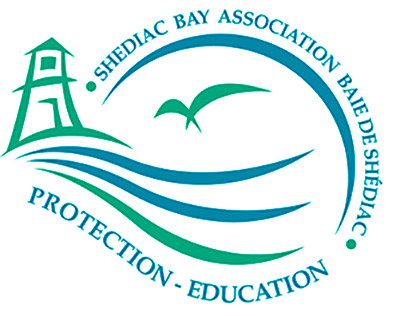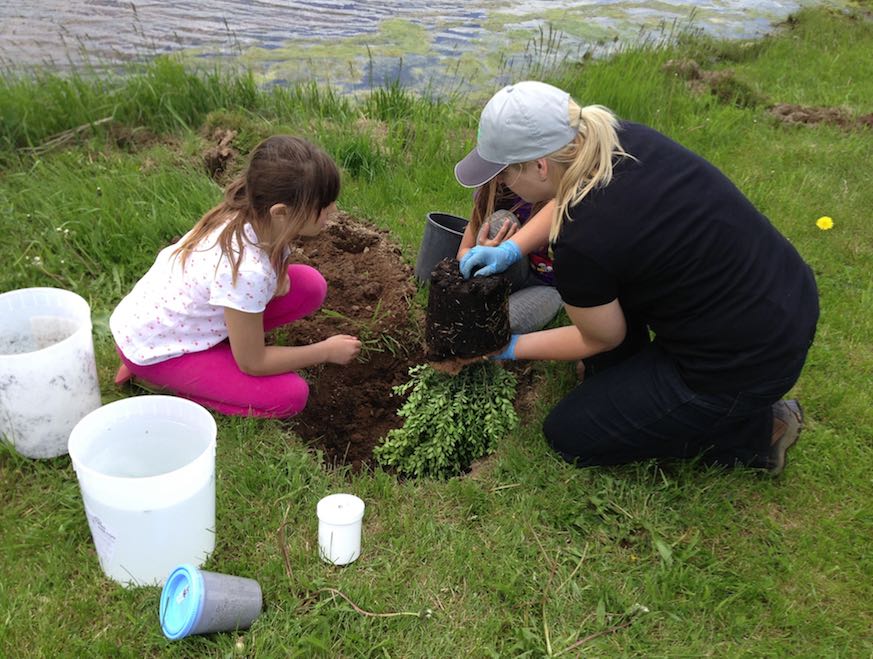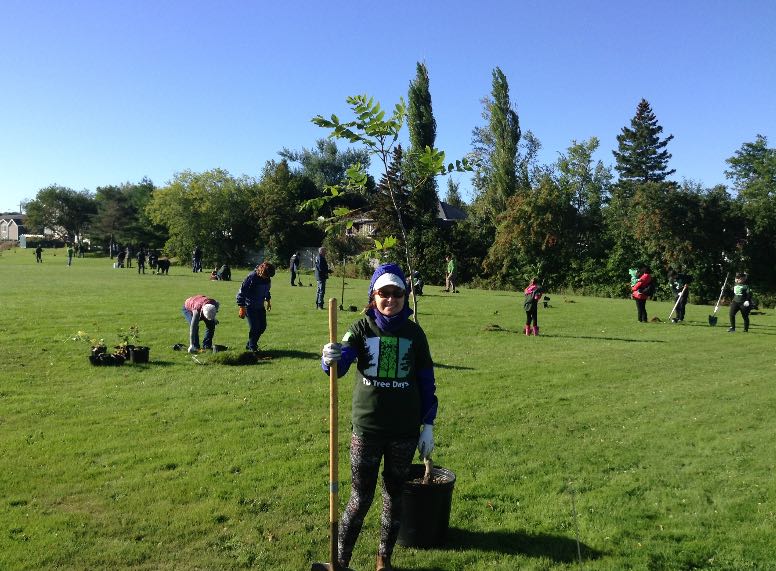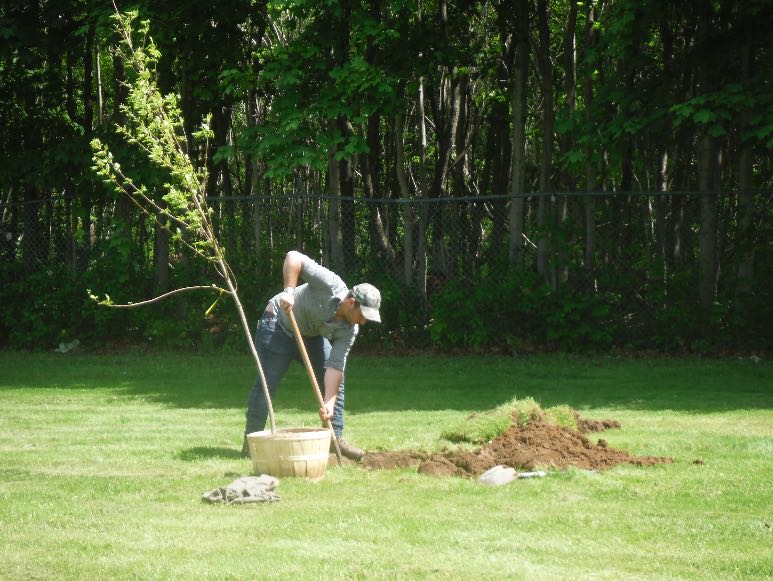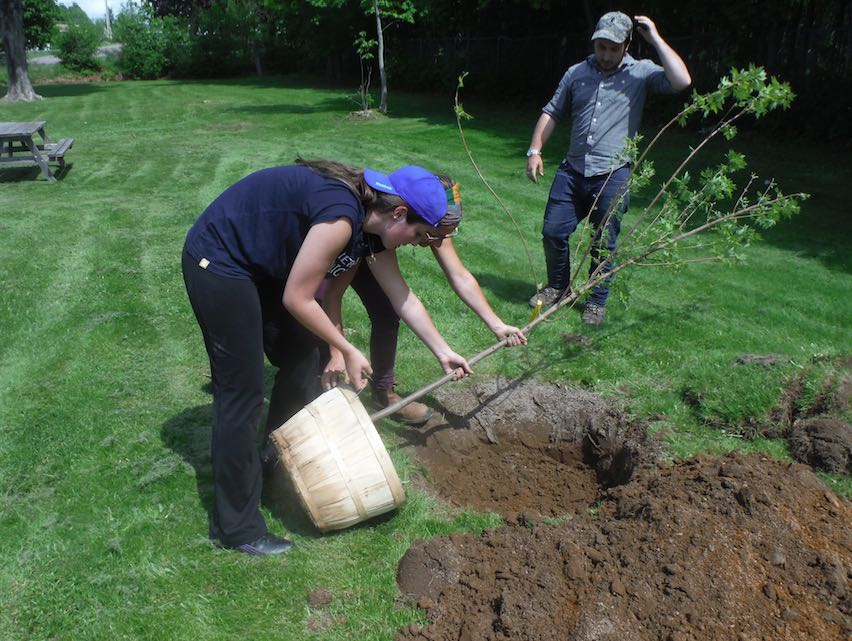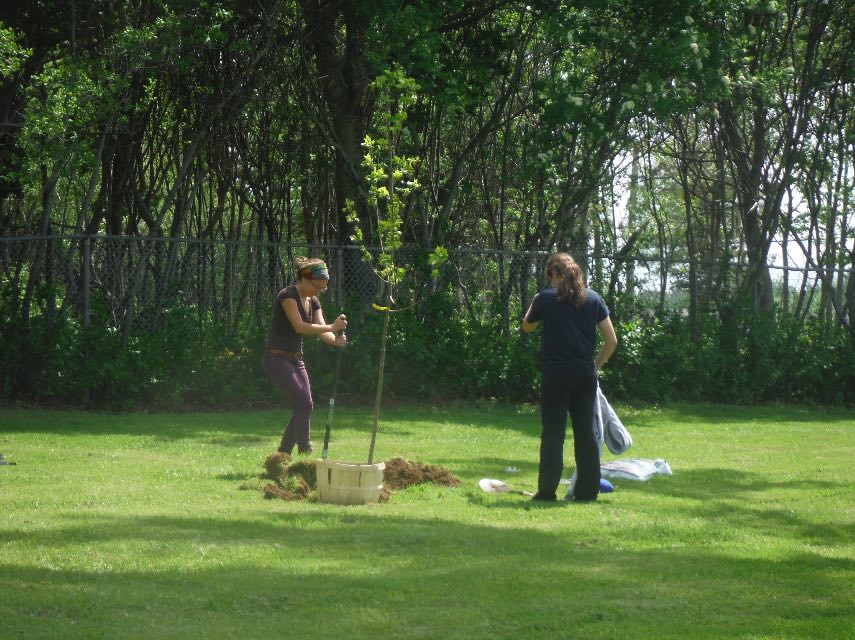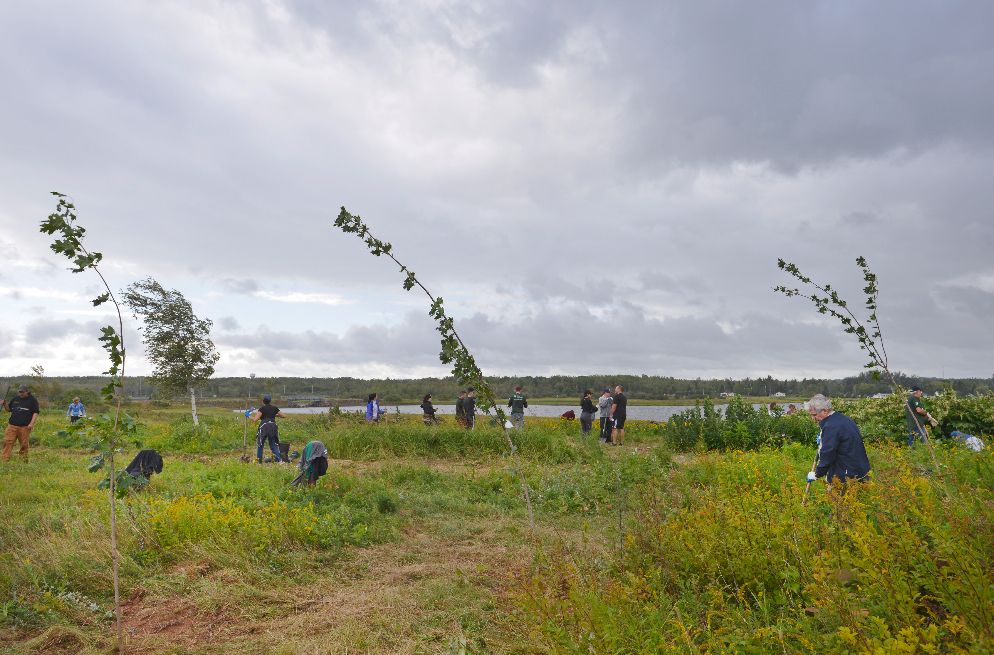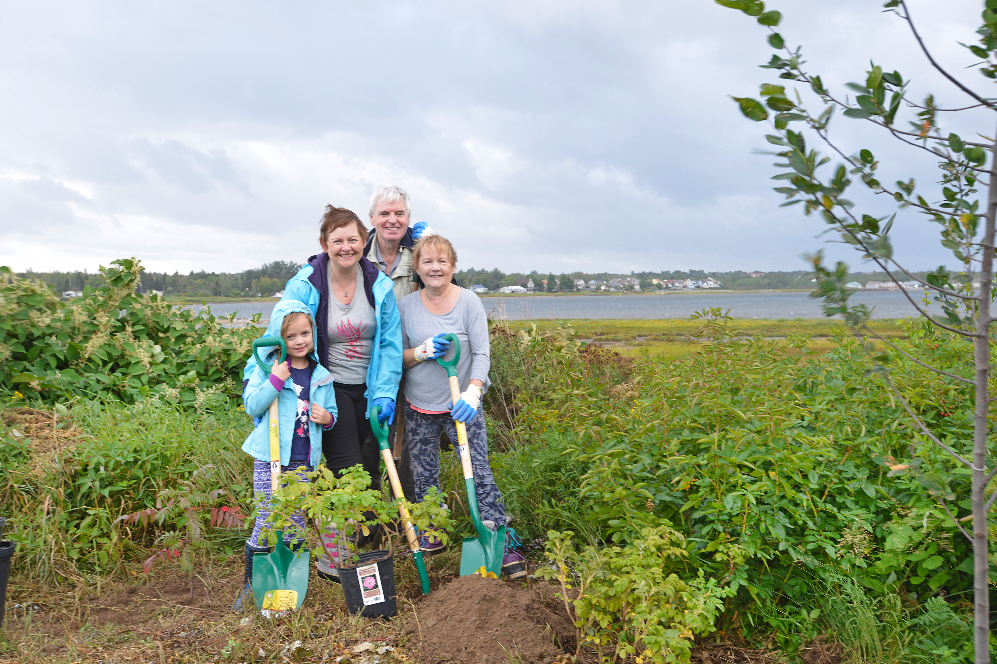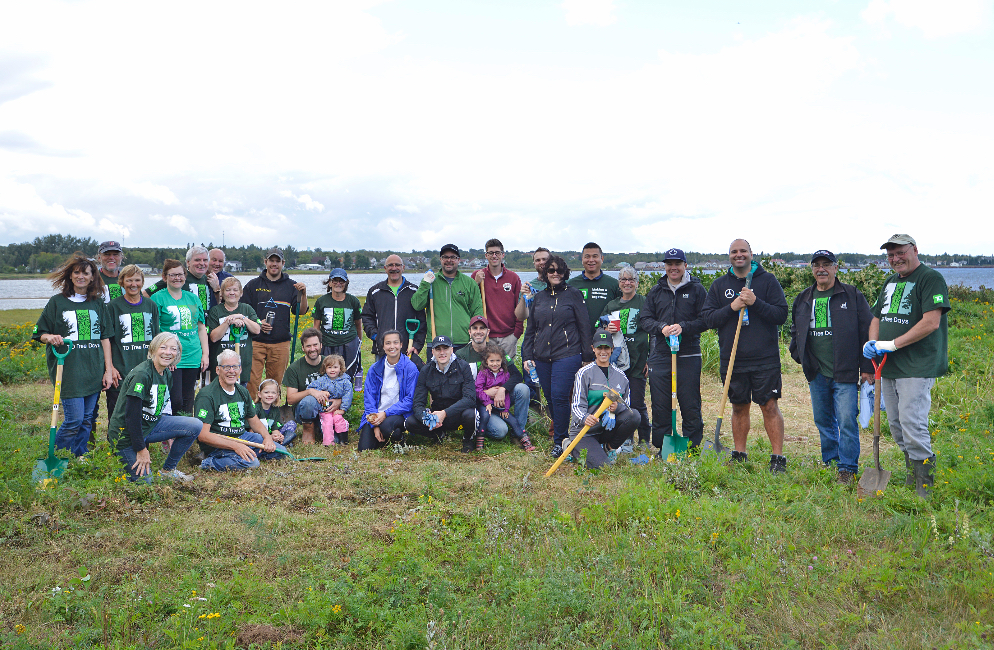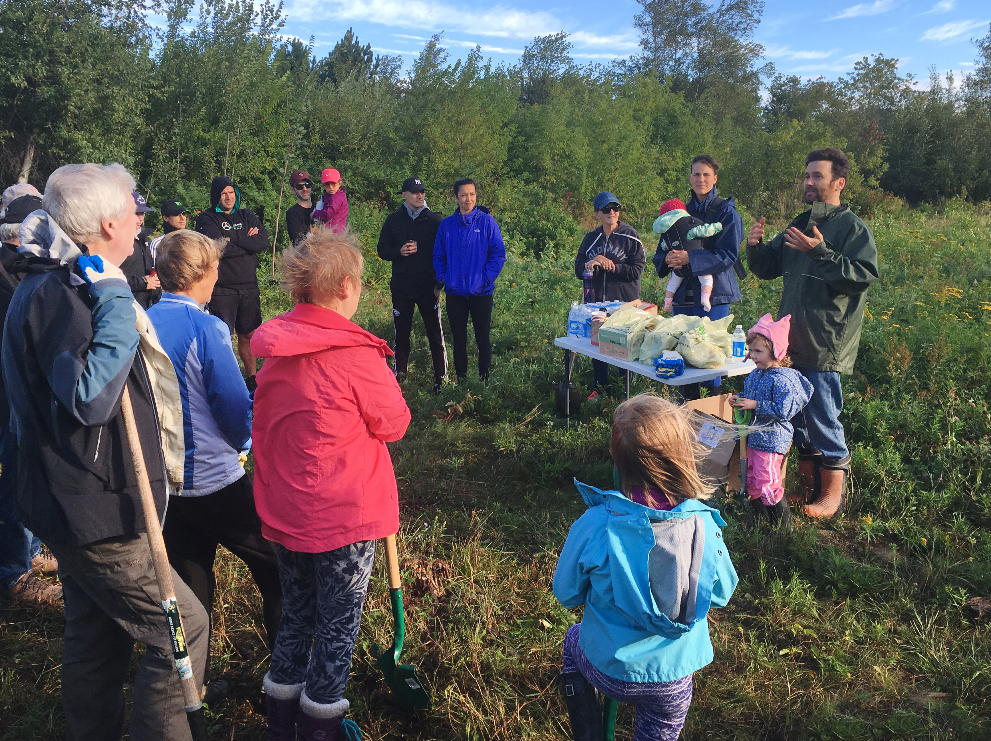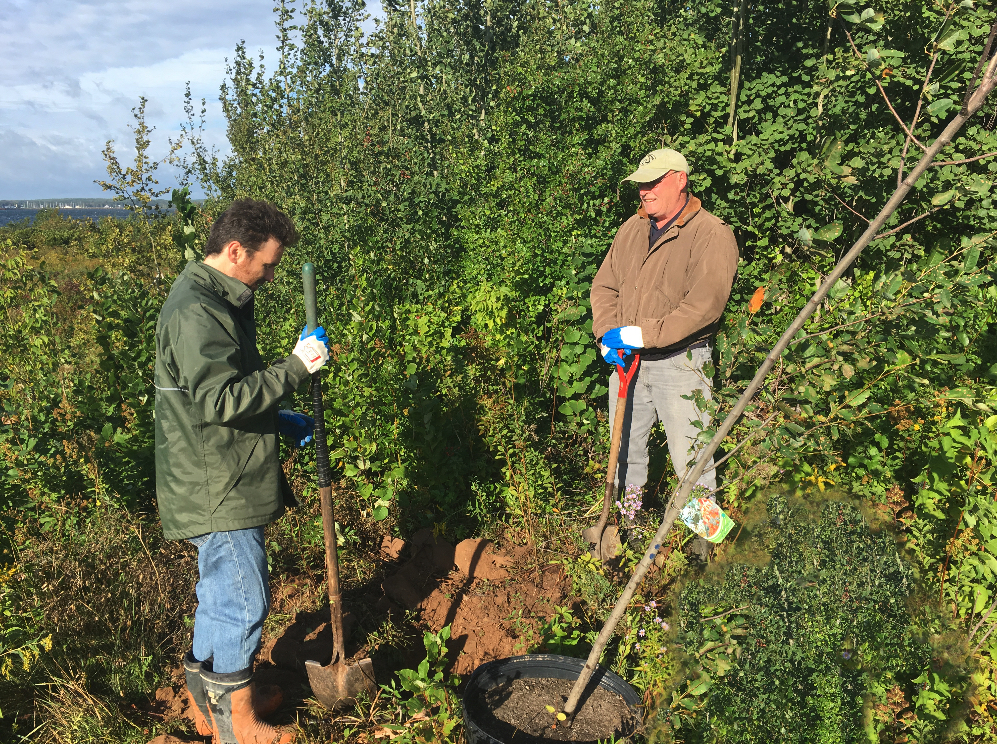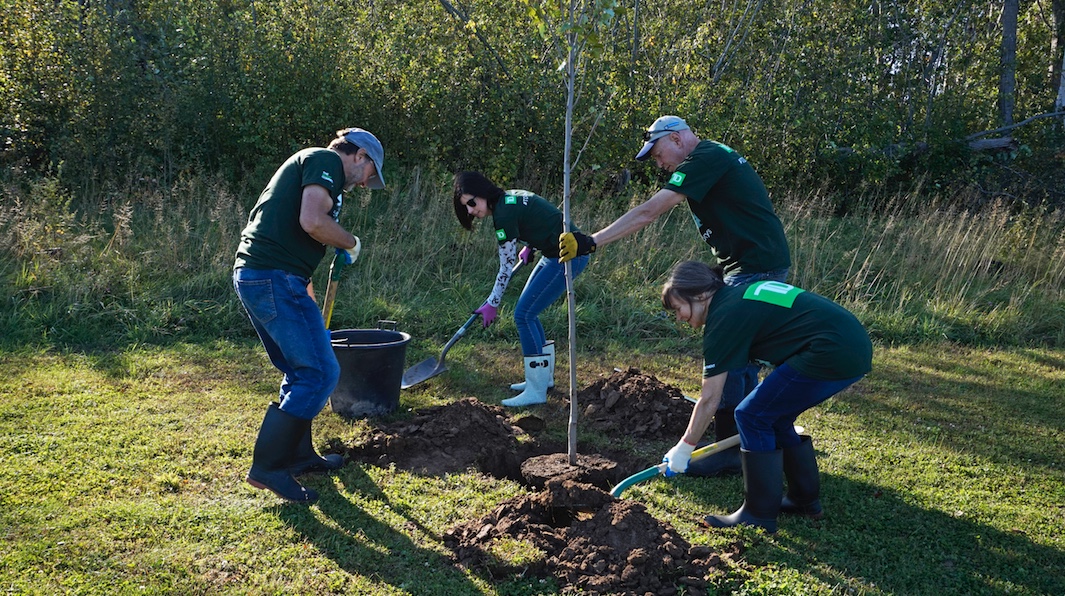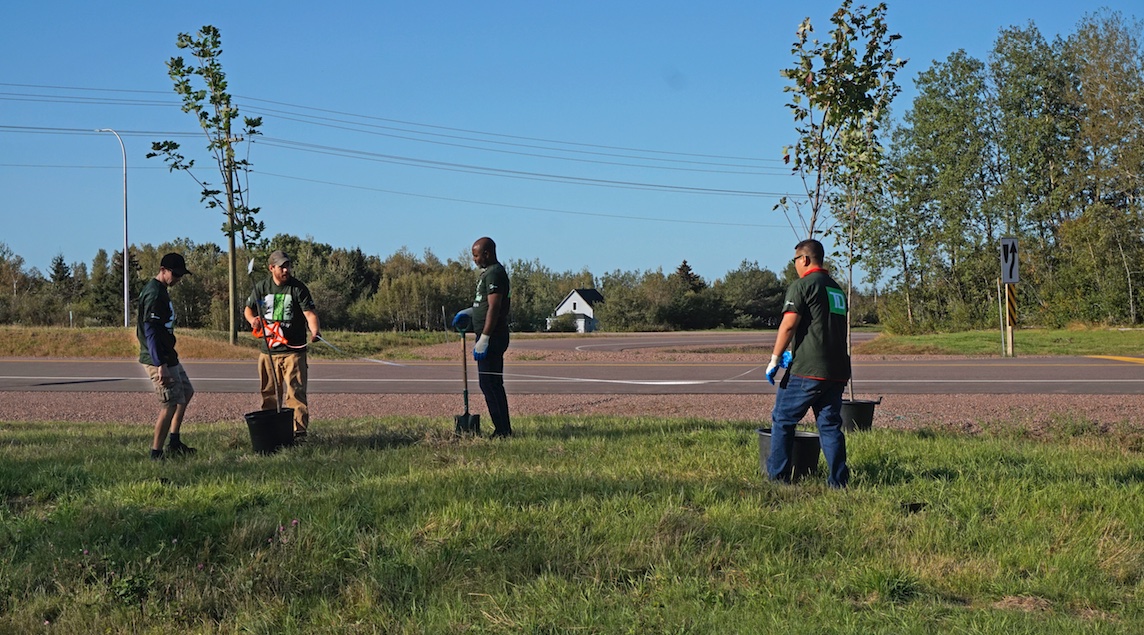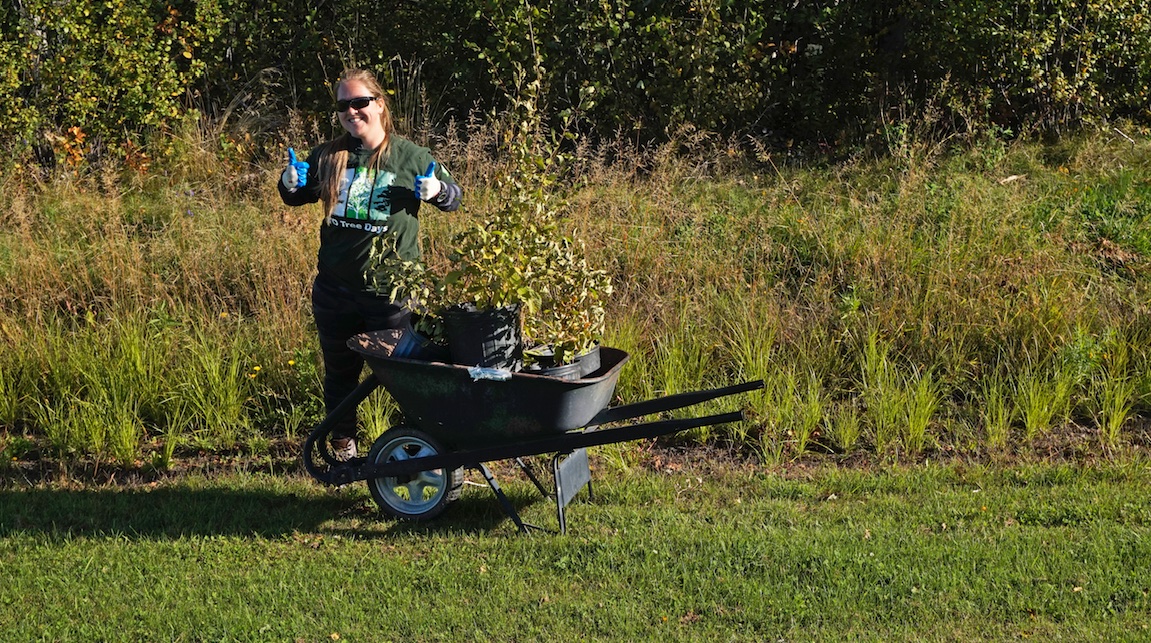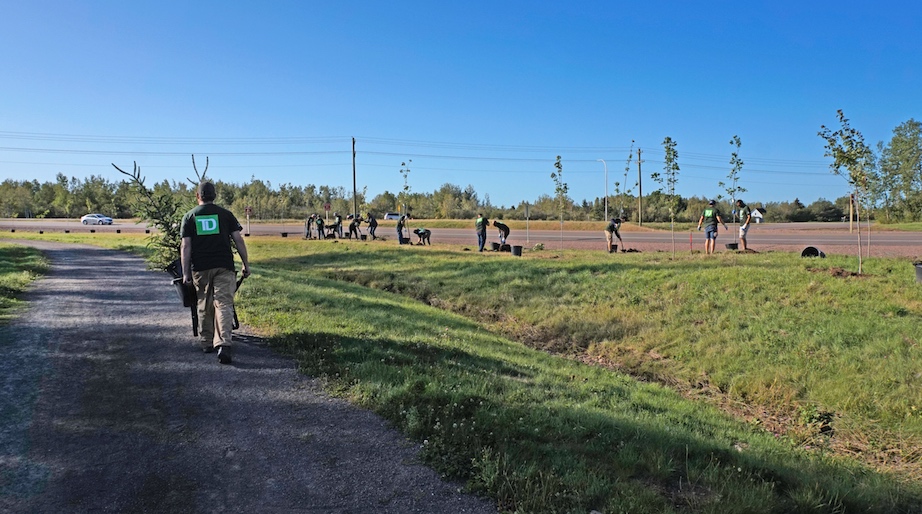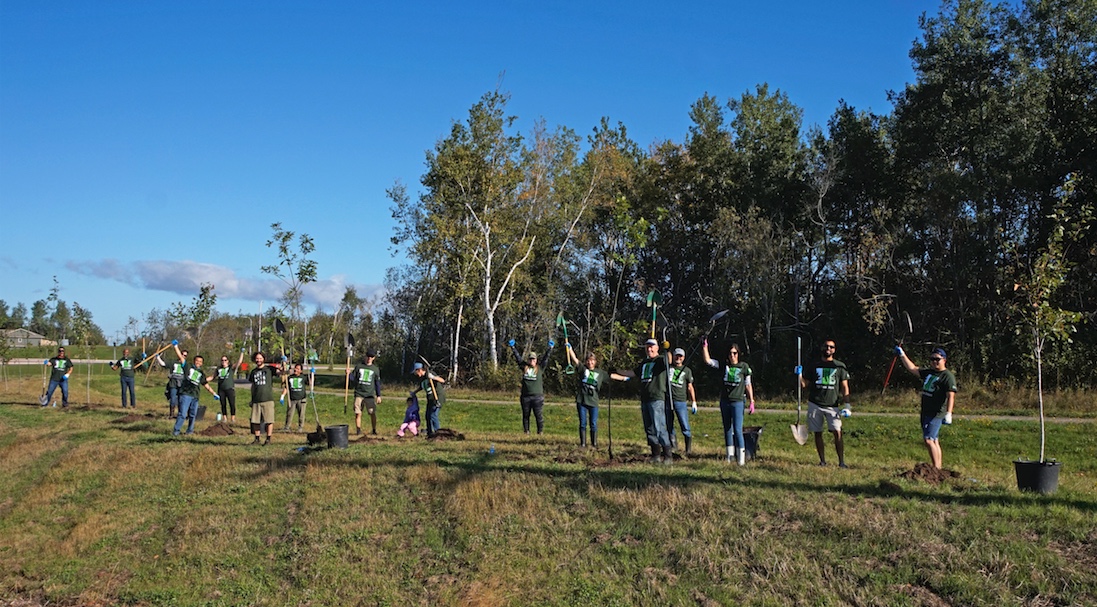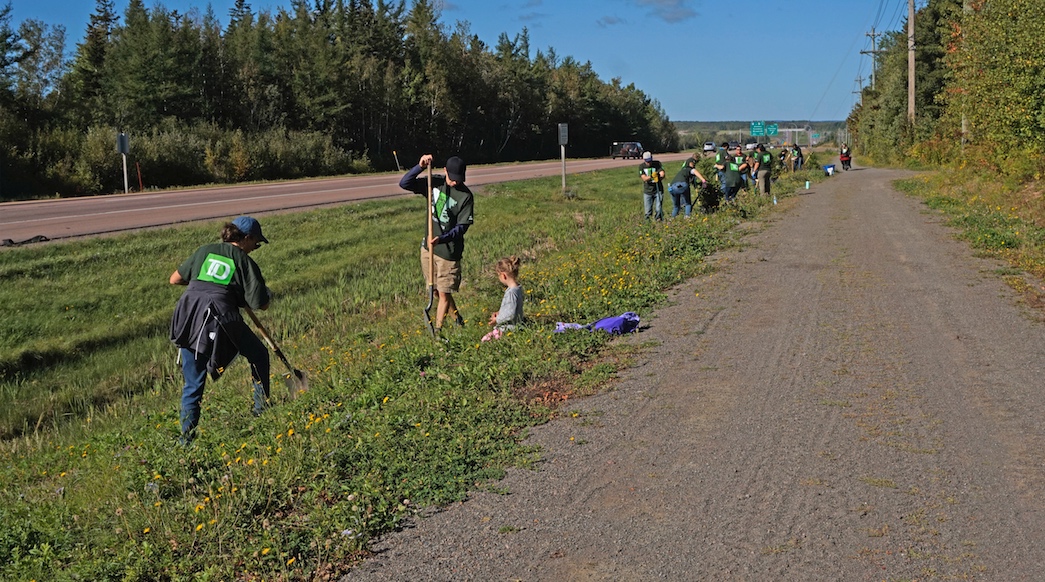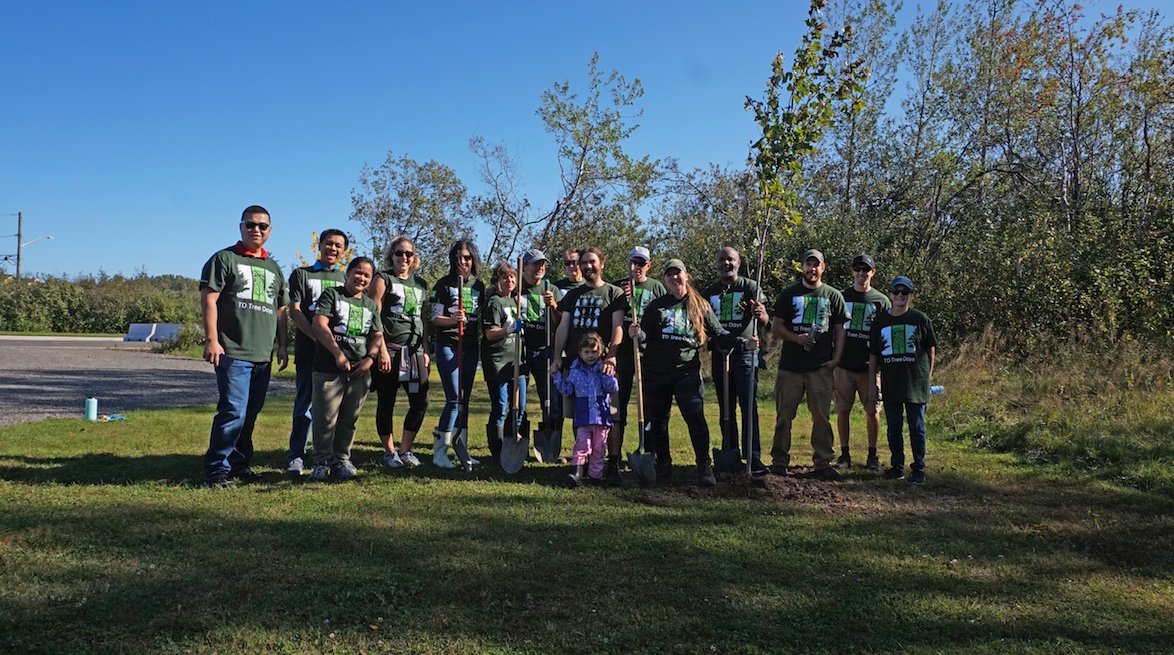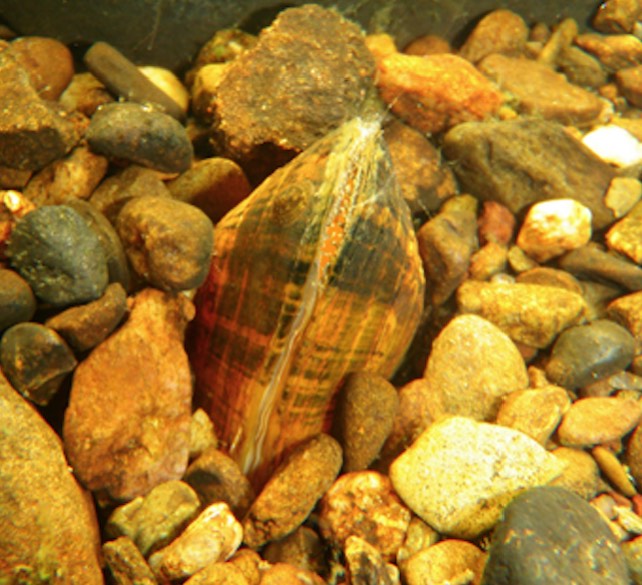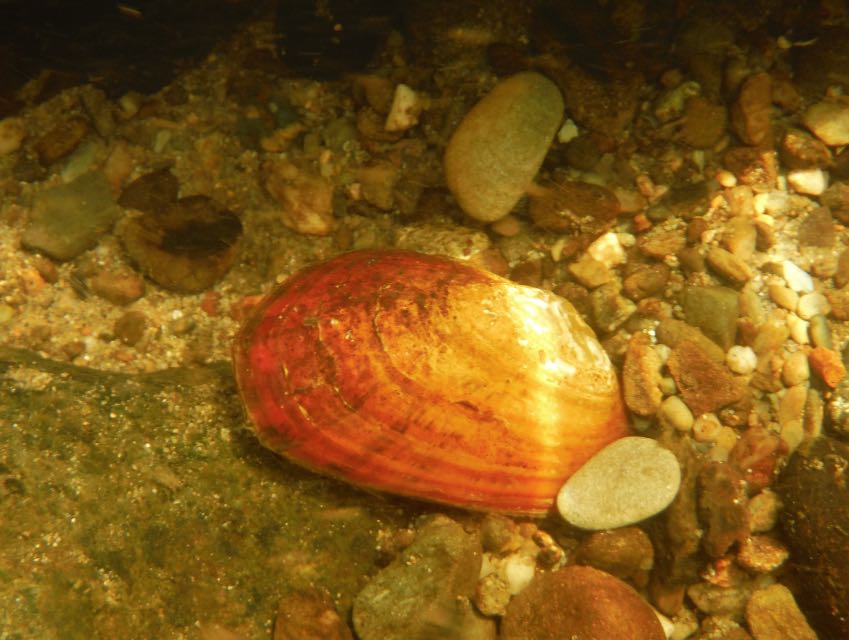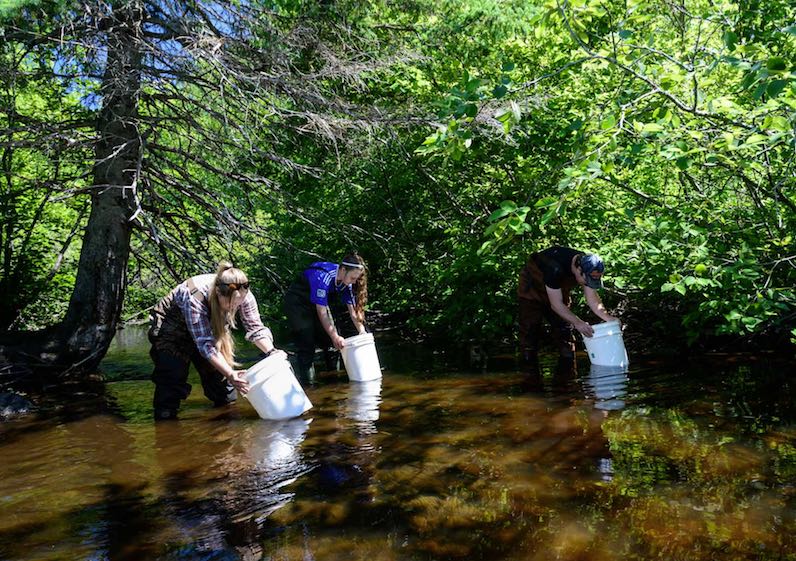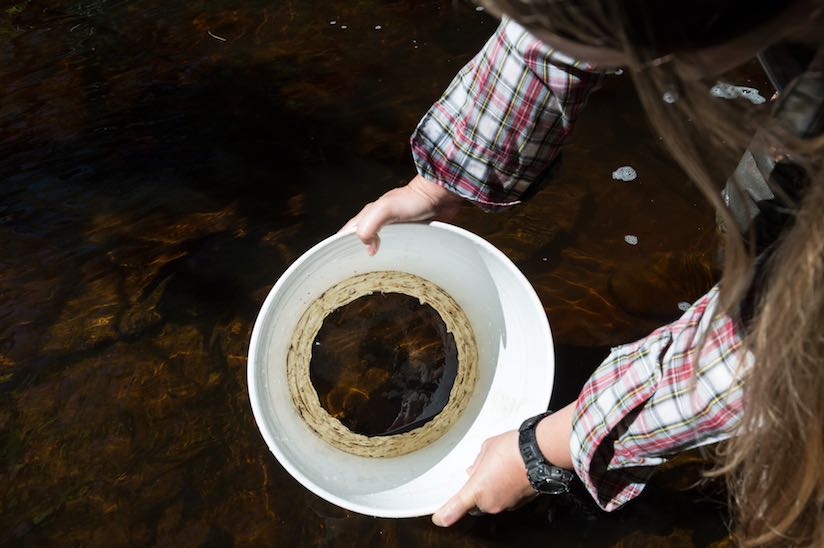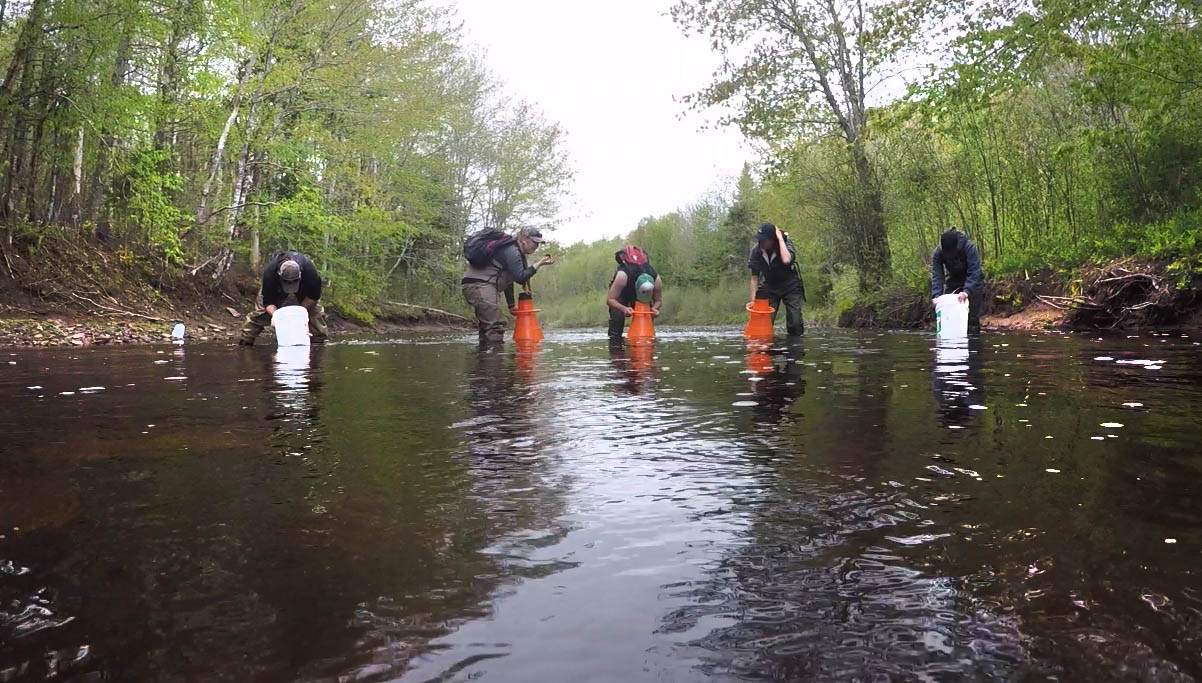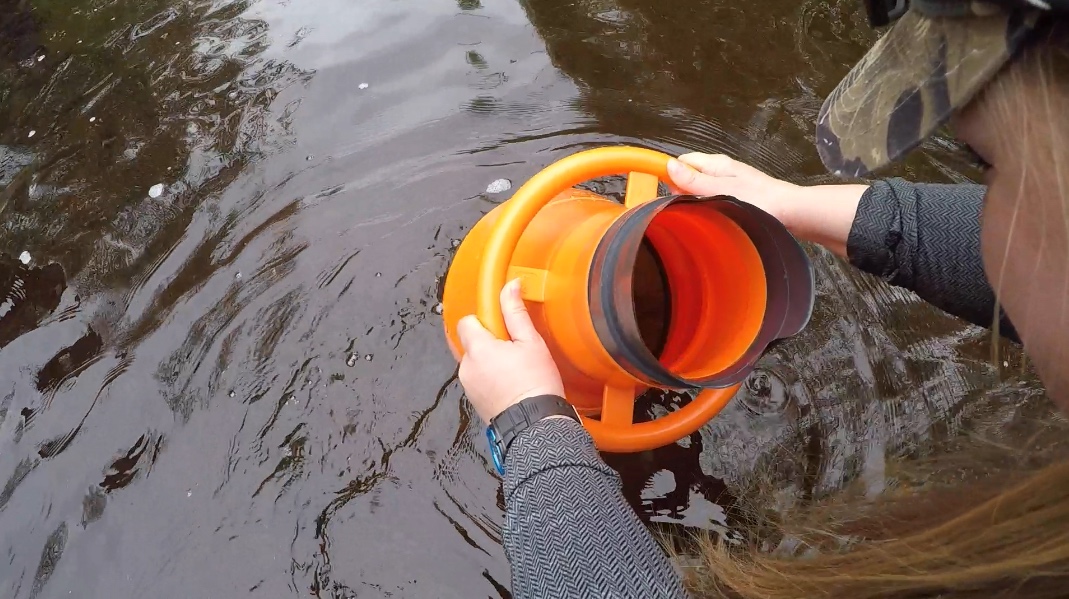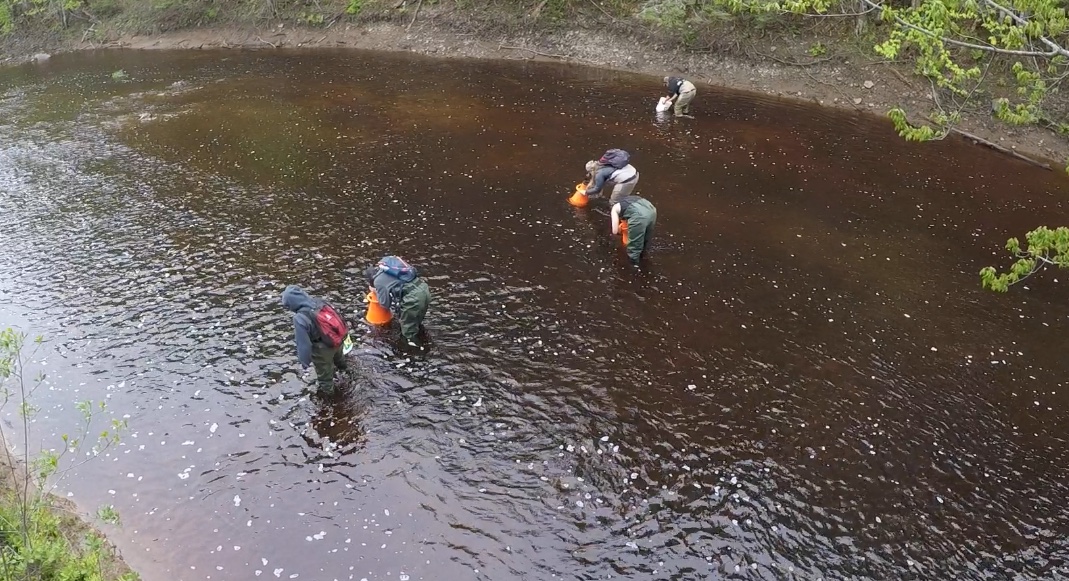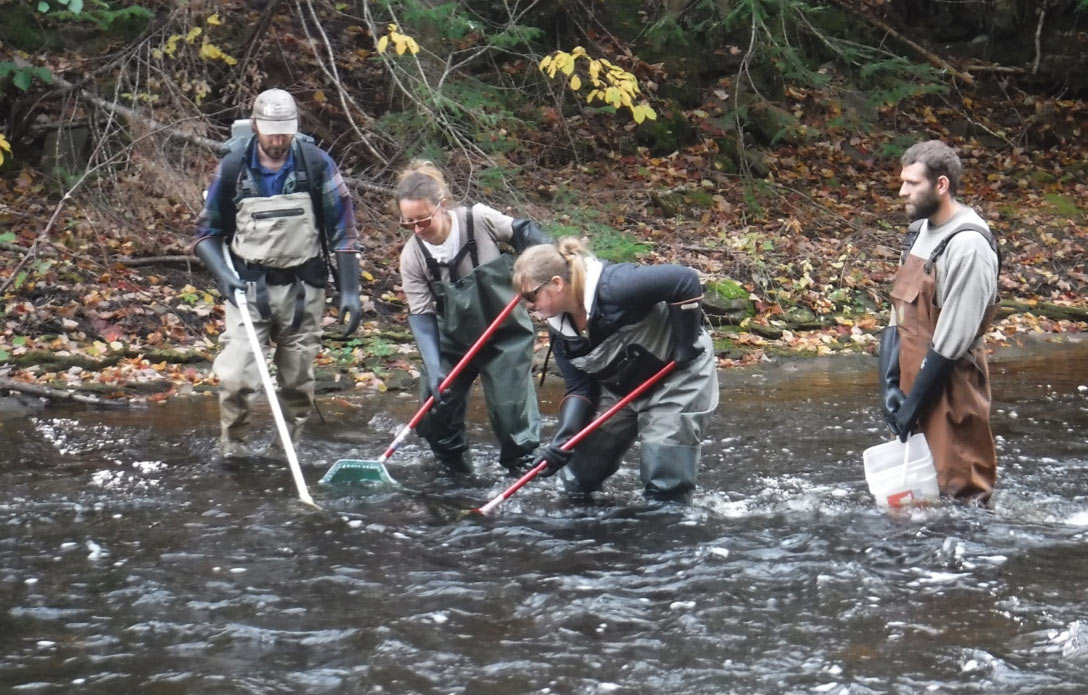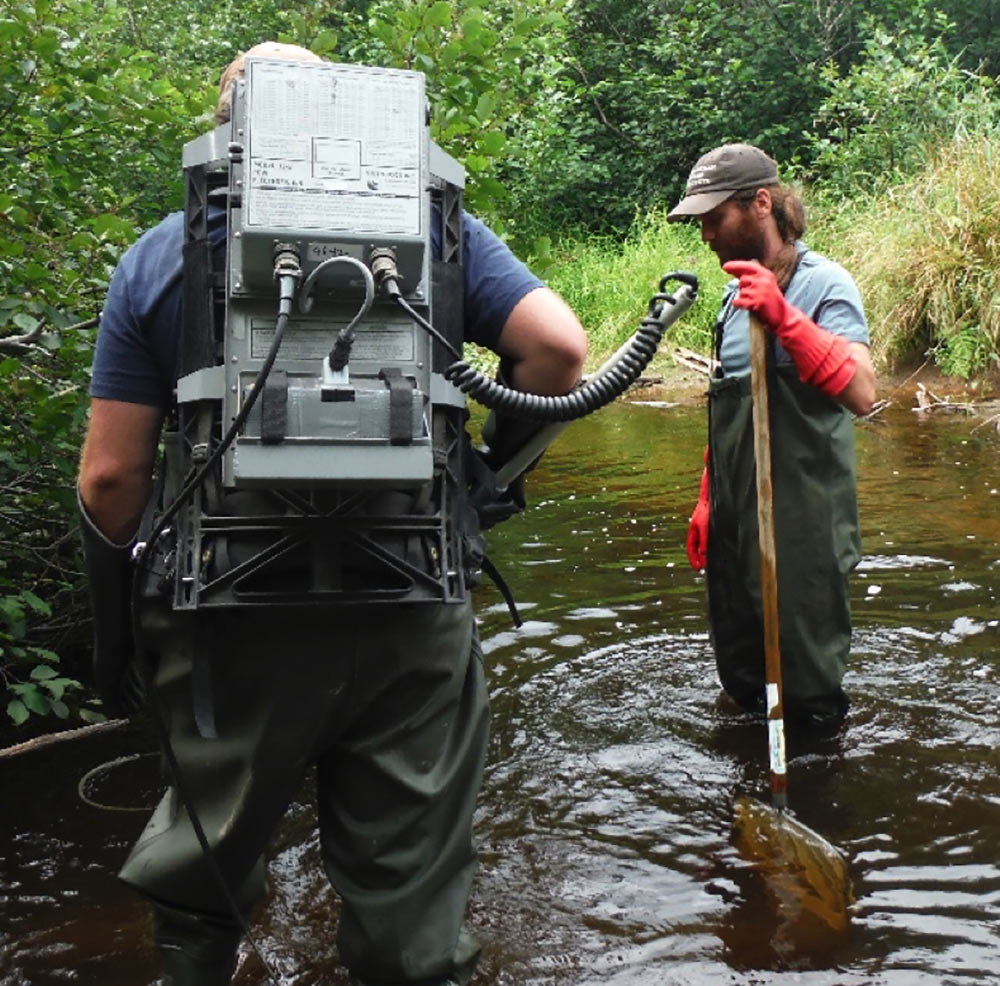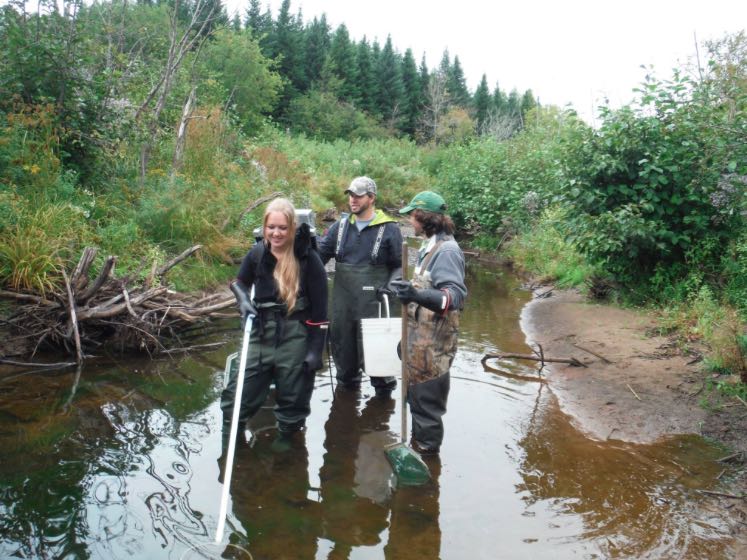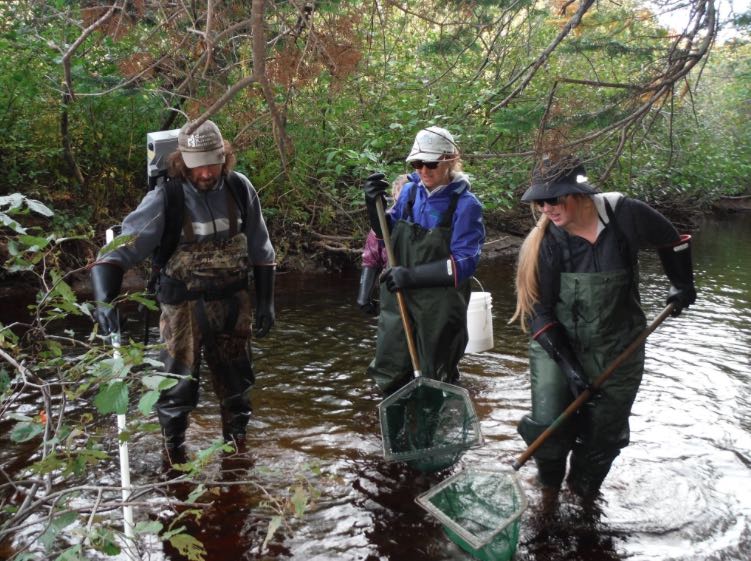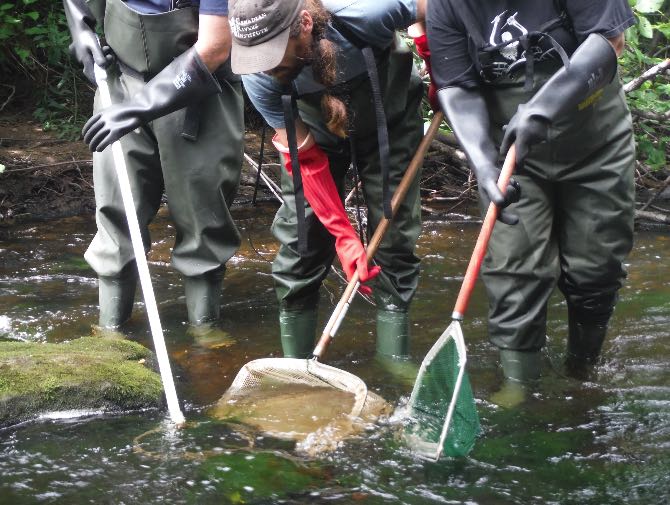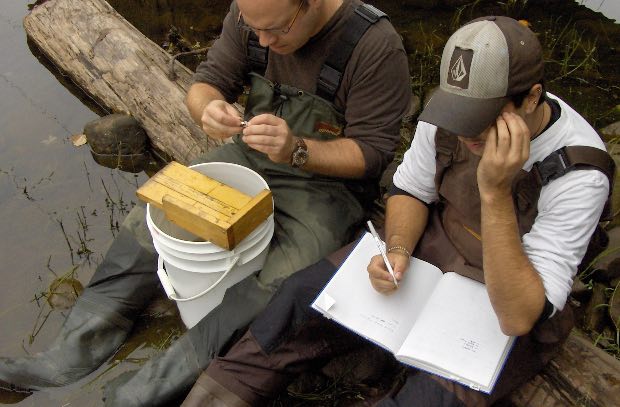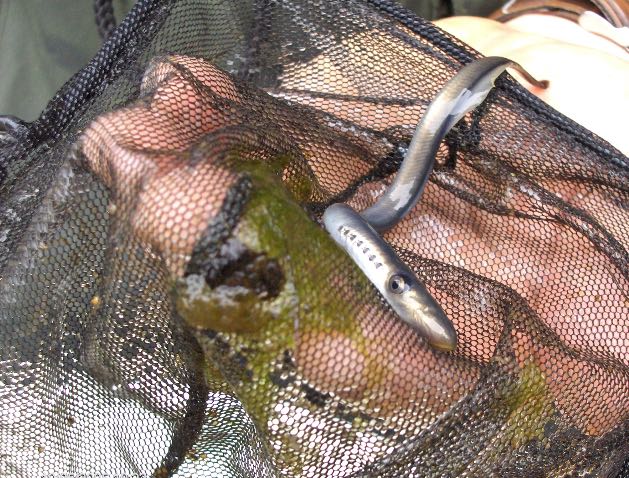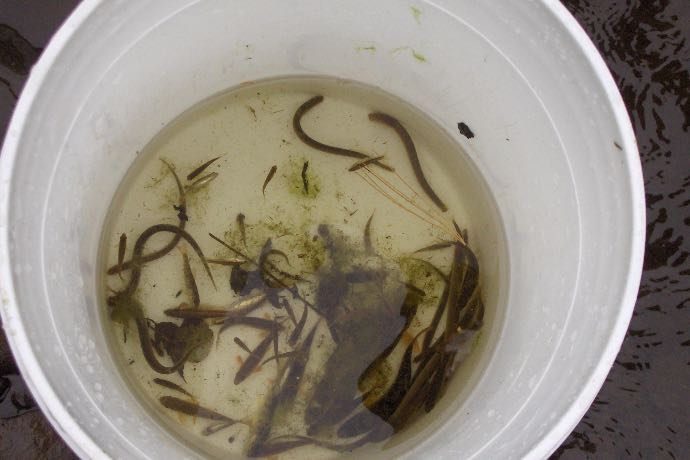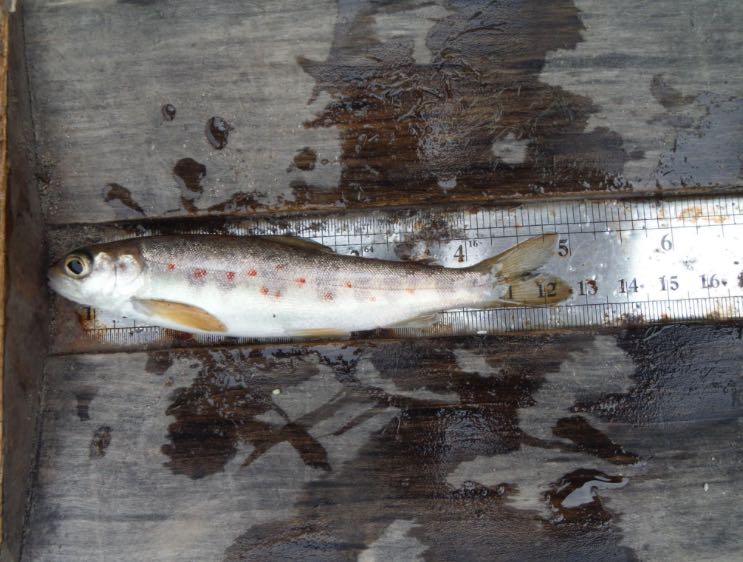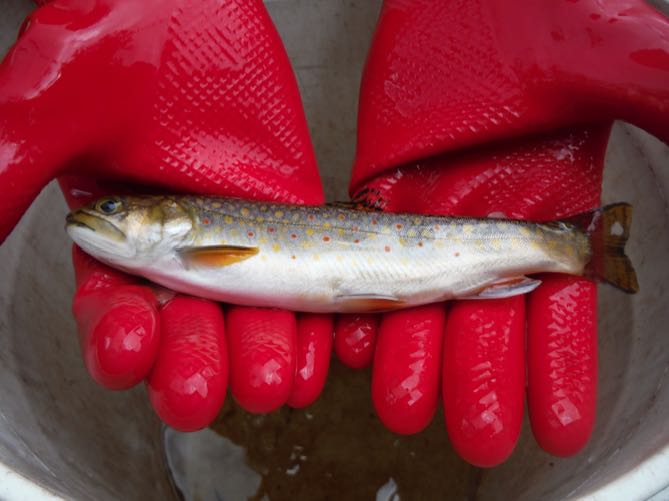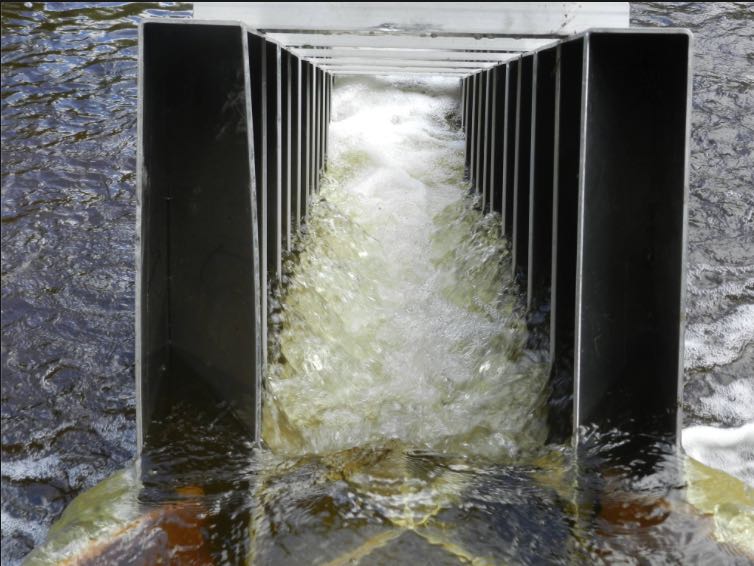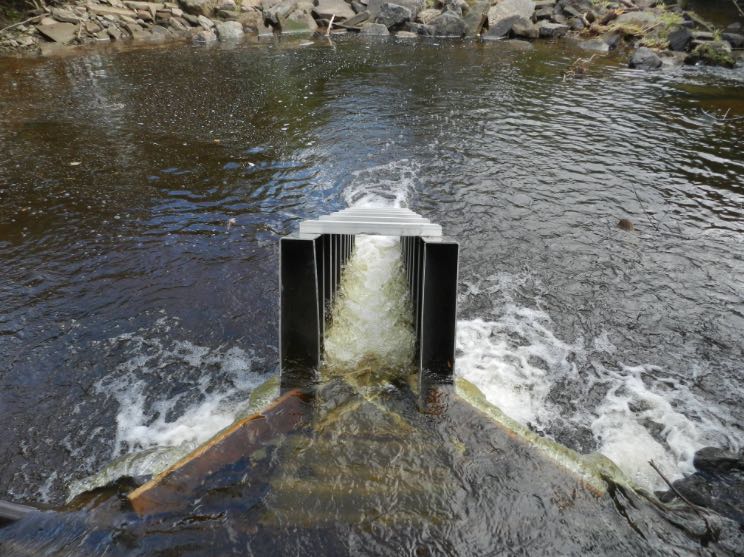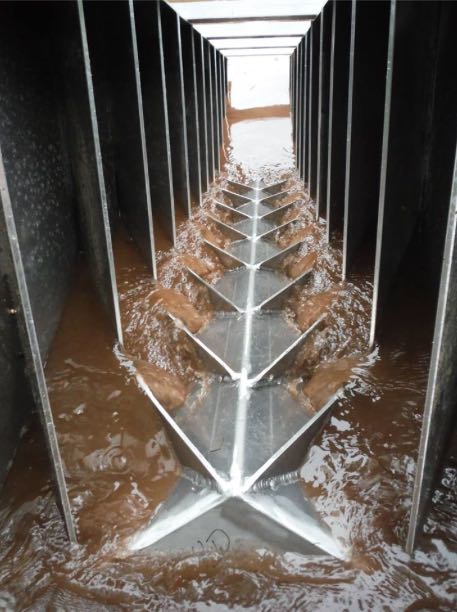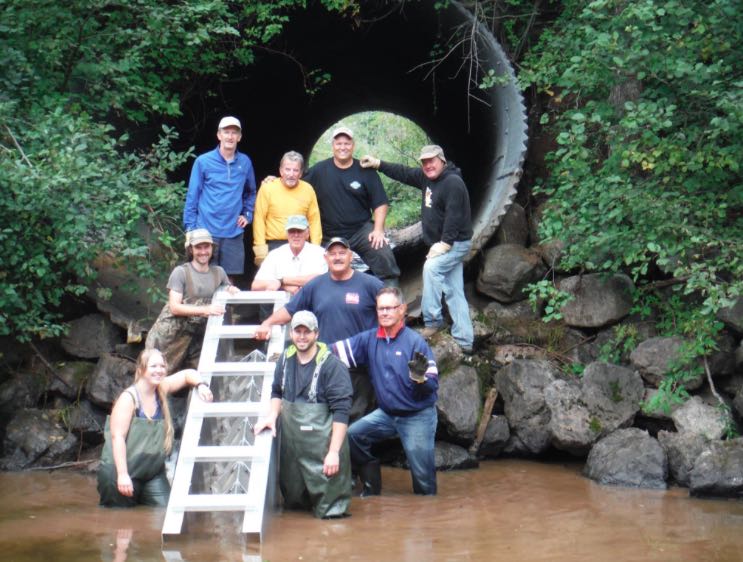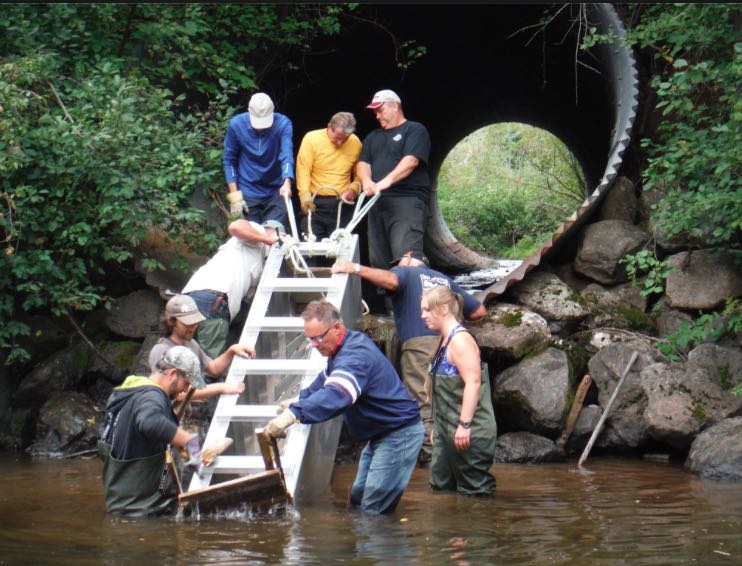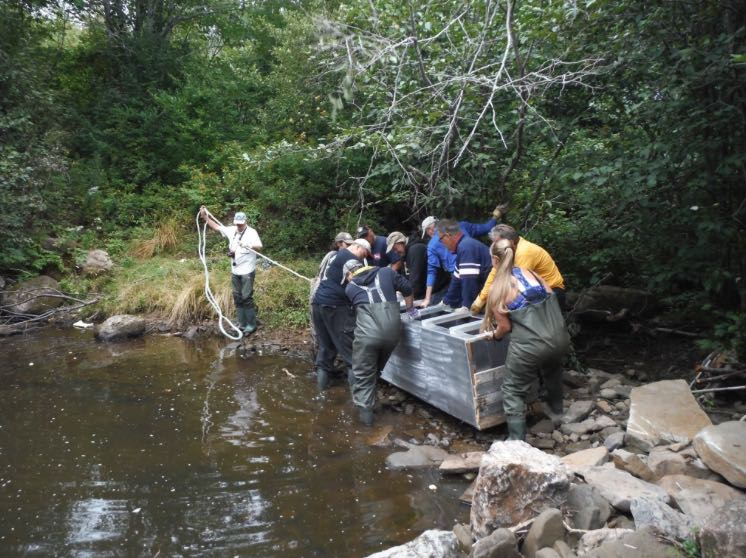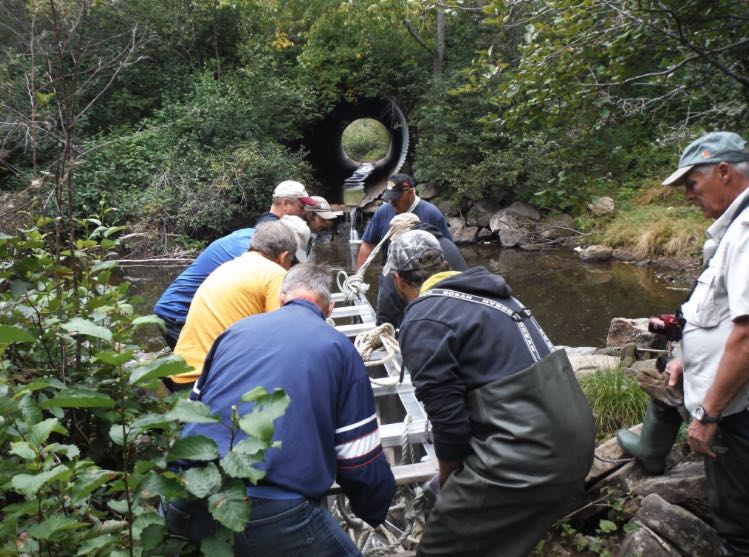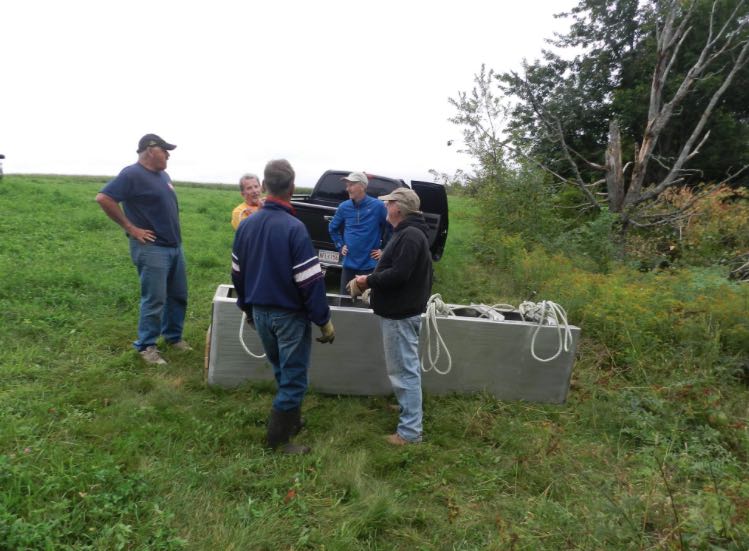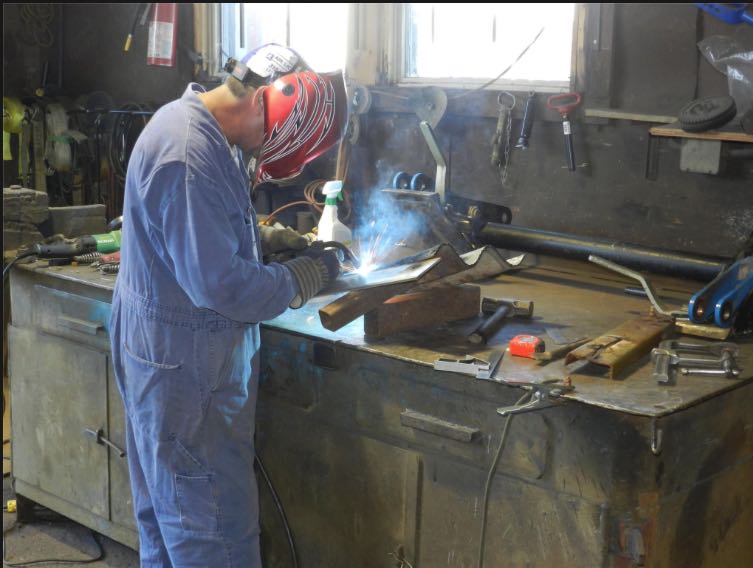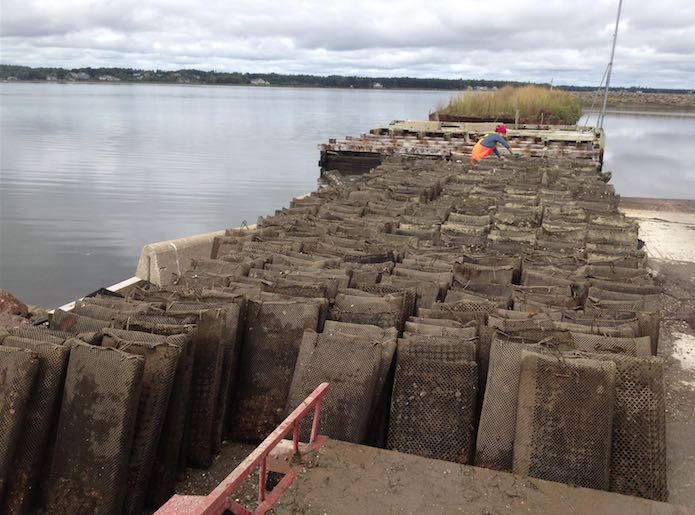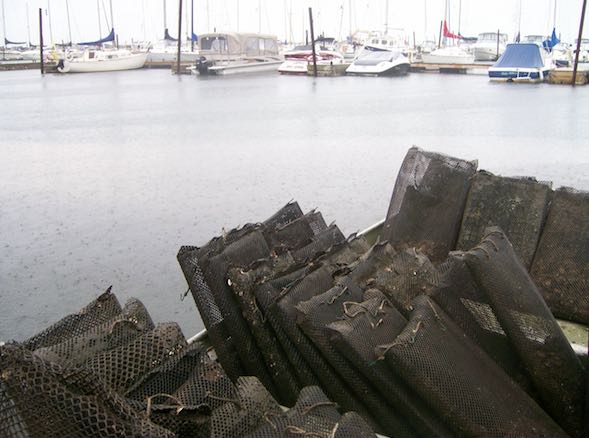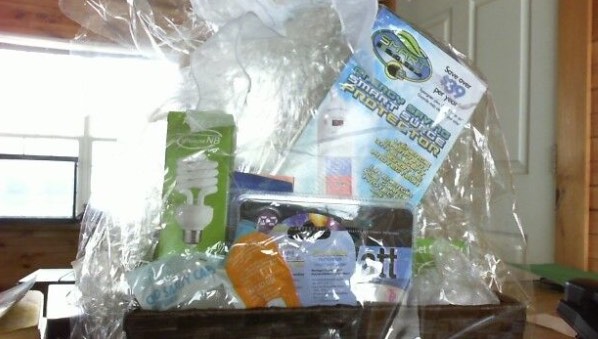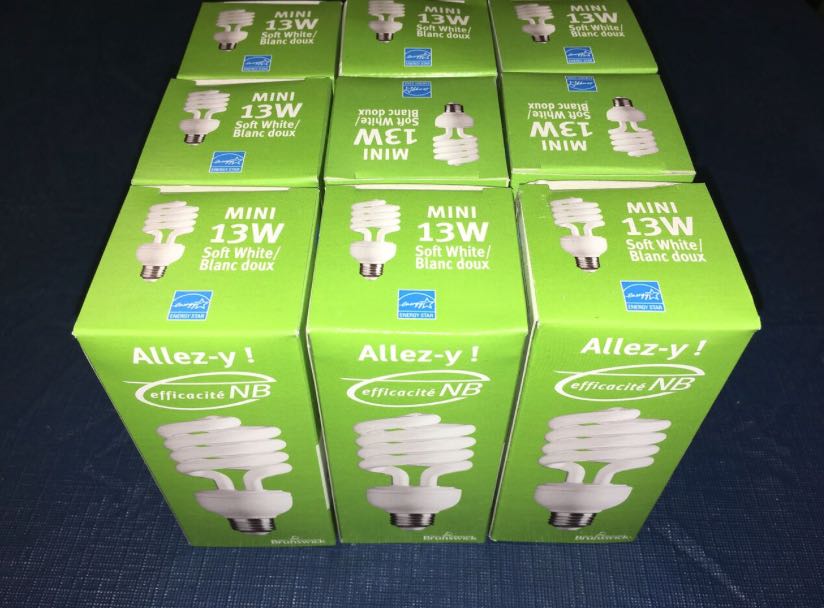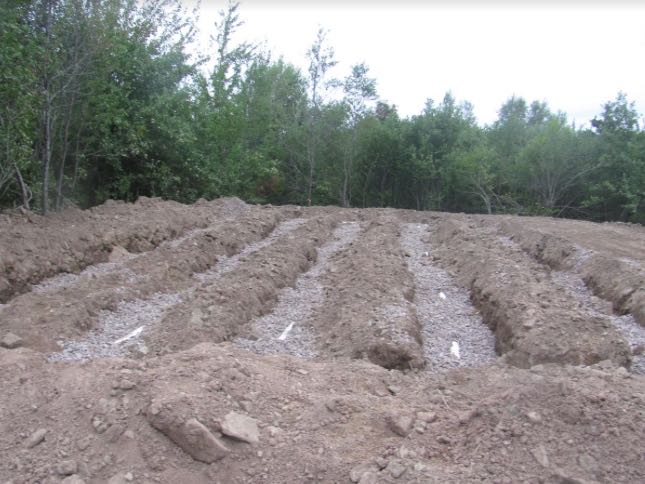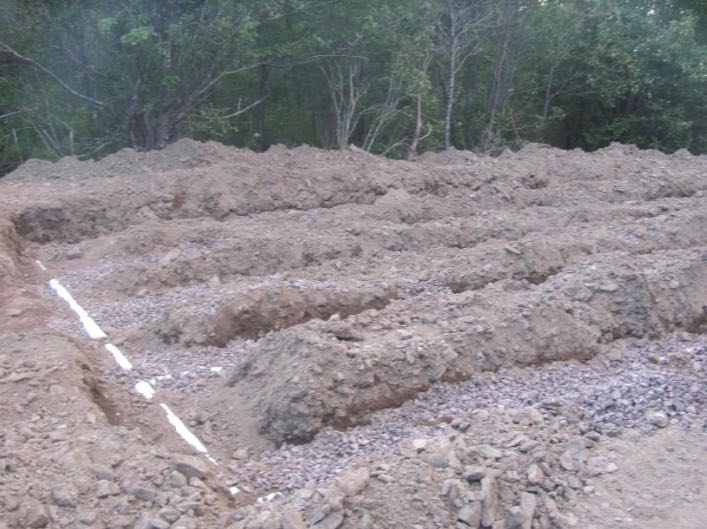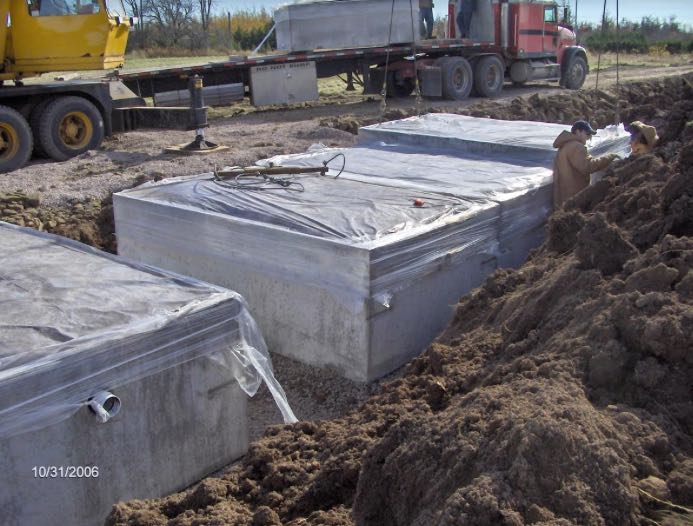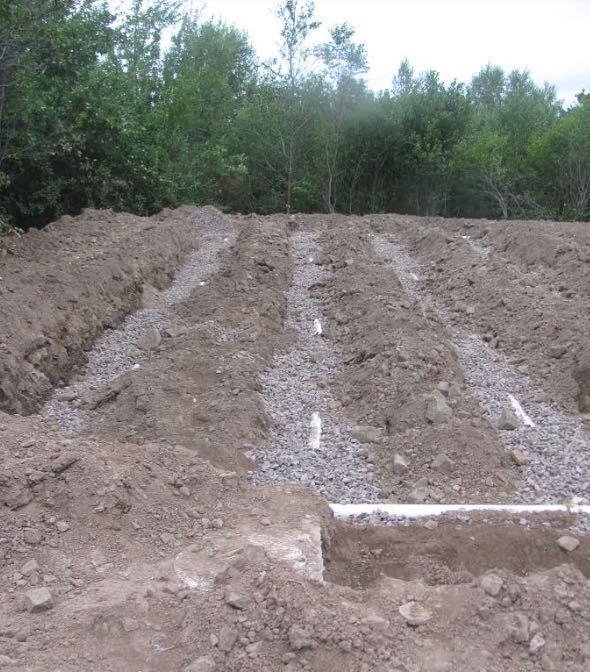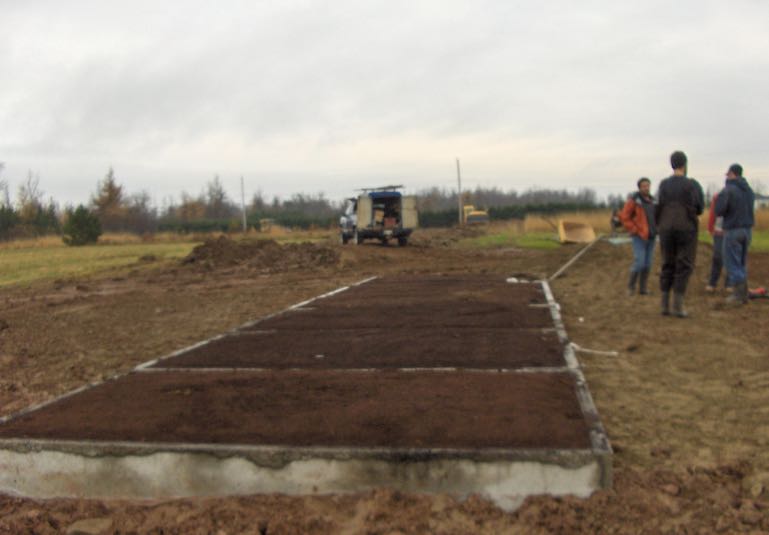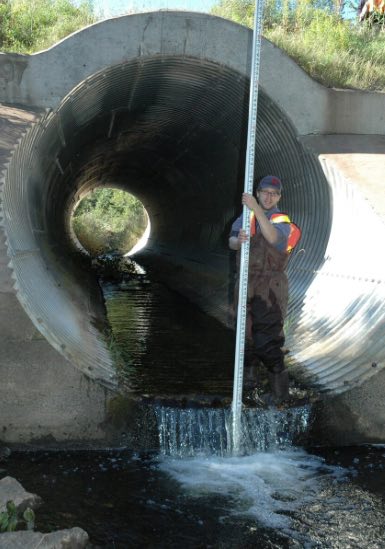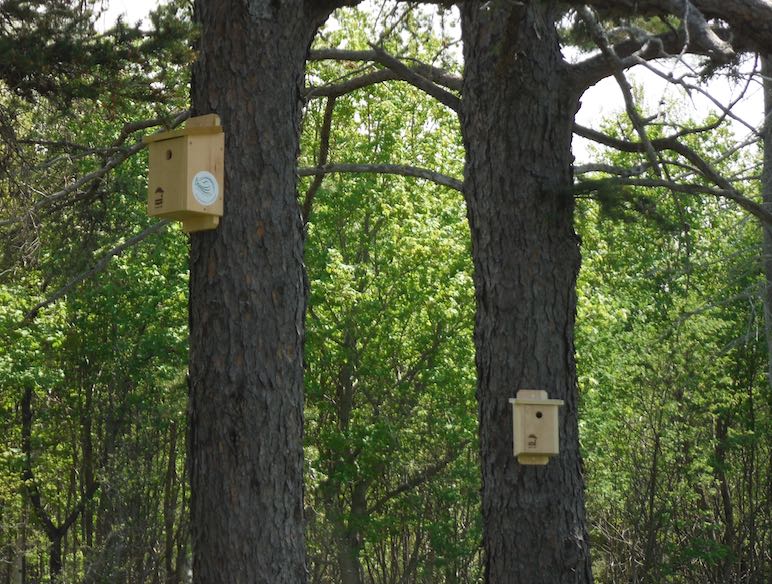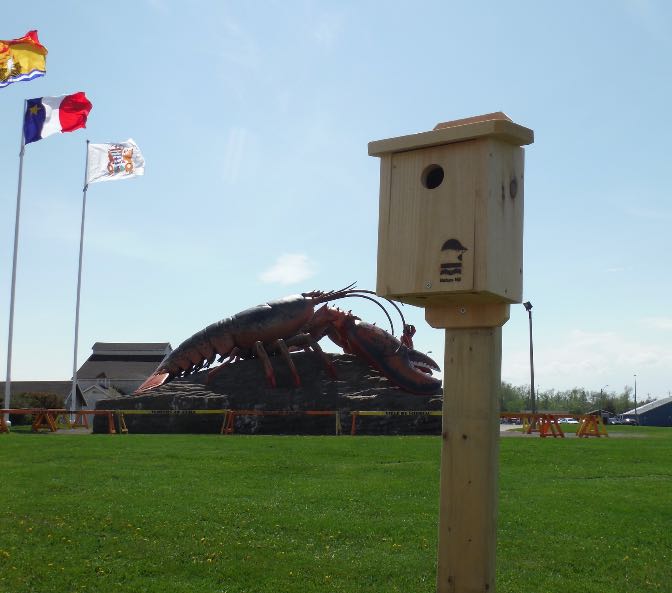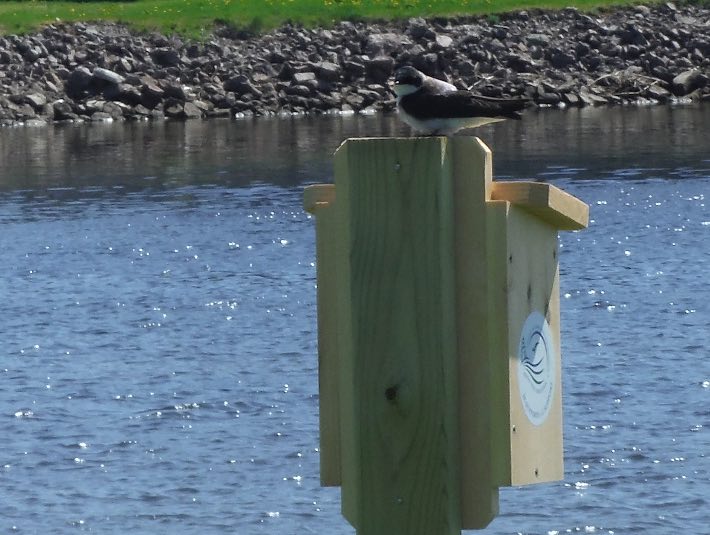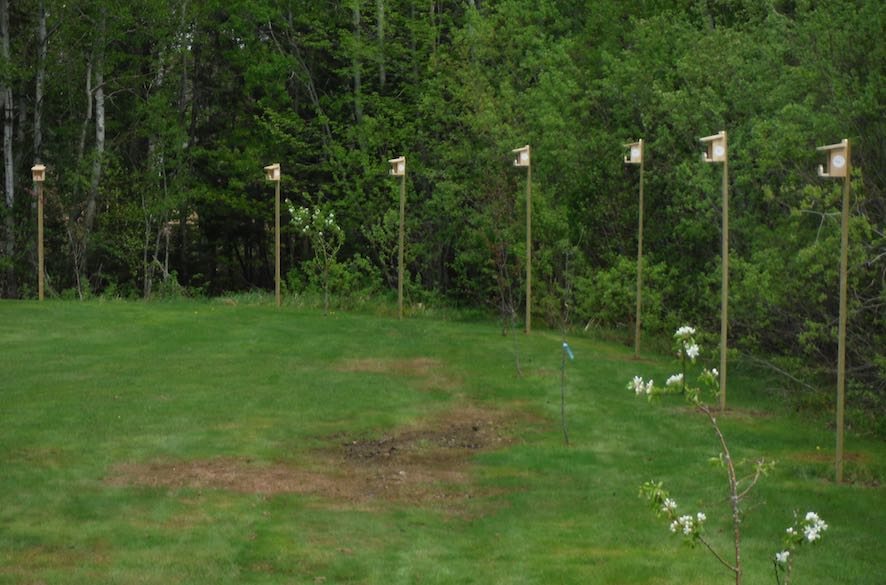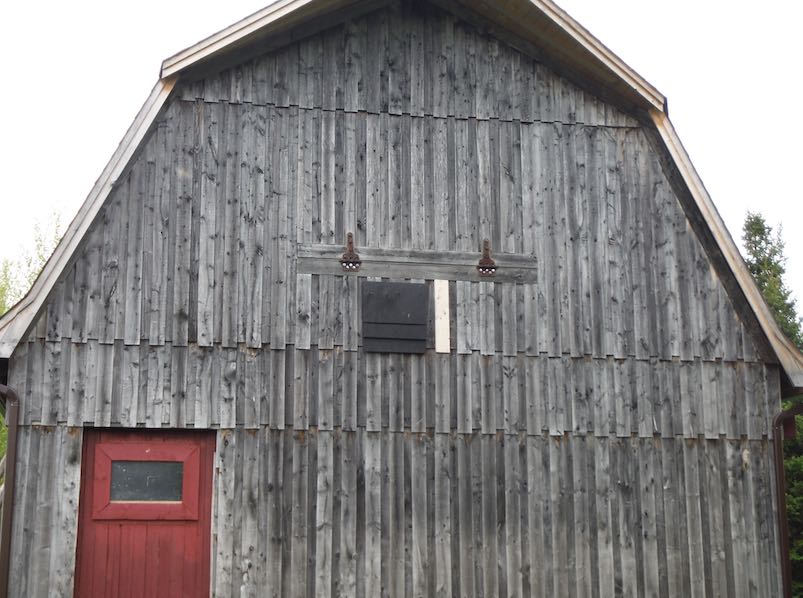Past projects
Tree Planting with the Town of Shediac for Biodiversity
Since 2014, the Shediac Bay Watershed Association has partnered with the Town of Shediac on a native tree-planting project, funded by Environment and Climate Change Canada’s EcoAction Community Funding Program and the TD Tree Day Foundation.
Over a six-year period, more than 1,200 trees and shrubs native to our region were planted in parks and trails in Shediac and Pointe-du-Chêne.
The trees are planted with the help of volunteers during the annual TD Tree Day events.

Brook Floater Mussel
The Brook Floater (Alasmidonta varicosa) is a medium-sized freshwater mussel that has been found in scattered regions of New Brunswick and Nova Scotia, and certain regions of the East Coast of the USA. In 2009, it was given the status of Special Concern by COSEWIC when the species disappeared from approximately half its known locations in the USA, leaving Canadian populations to represent the majority of the remaining global populations of the Brook Floater. In 2013, it was added to the Species at Risk Act, Schedule 1 (SARA).
In 2005, the SBWA conducted freshwater mussel population surveys in the Shediac and Scoudouc Rivers. Amongst the commonly found Eastern Pearlshell (Margaritifera margaritifera) and Eastern Elliptio (Elliptio complanata) mussels, 122 Brook Floater mussels were reported.
In 2014, renewed interest in the status of this rare mussel prompted the need for confirmation that the mussel was still present in the Shediac Bay watershed. The sites where the mussel was found almost 10 years prior were revisited. While these sites were rich in other species of common freshwater mussels, no Brook Floaters were found.
The staff of the Association obtained training with experts from the NB museum and on the field training with local watershed groups such as the Miramichi River Environmental Assessment Committee, the Southeastern Anglers Association and the Petitcodiac Watershed Alliance.
In 2018, the Department of Fisheries and Oceans put in place a protocol to conduct environmental DNA (e-DNA) samplings to detect genetic material of the mussel in the water in addition to regular field surveys. The Association did three rounds of DNA sampling, two in 2018 and one in 2019.
However, after surveying over 22.4 kilometres of habitat over 6 field seasons and the e-DNA samplings, the Brook Floater mussel was unfortunately never found in the Shediac Bay watershed and the efforts were brought to a close.
According to the UN Environment Program, endangered species disappear every day. Freshwater mussels are sedentary creatures, vulnerable to threats such as sedimentation, habitat modification, river flooding, ice scouring, water pollution, predators, etc. These sensitive species are facing the threat of extinction on a global scale. Different sources state that that 66% of freshwater mussels in the United States are vulnerable to extinction.
The SBWA would like to thank all the partners that have been involved in this project over the years.
Funding Programs:
- Department of Fisheries and Oceans – Habitat Stewardship Program for Species at Risk
- New Brunswick Wildlife Trust Fund
In-kind support, expert consultations and on the ground support:
- Department of Fisheries and Oceans Canada
- New Brunswick Museum
- Atlantic Canada Conservation Data Centre
- Southeastern Anglers Association
- Miramichi River Environmental Assessment Committee
Reports on the surveys and the work done to improve Brook Floater habitat are available in the Reports & Archives section of our website.

Electrofishing
Electrofishing is a method of conducting surveys of fish populations without creating mortality.This method was used from 2015 to 2018 to determine the species of fish that are present in our watershed. The main objective of the Association was to confirm the presence of Atlantic Salmon in the Shediac and Scoudouc River tributaries.
The presence of juvenile Atlantic salmon was confirmed in the Shediac and Scoudouc River. This has made it possible to target restoration projects in certain areas to contribute to the recovery of this vulnerable species.
This monitoring program was conducted in partnership with “Friends of the Kouchibouguacis,” the Saint-Louis-de-Kent watershed group and Vision H2O of Cap-Pelé.
Fish Ladder
In 2015, the SBWA installed a 10-foot aluminum fish ladder on an older elevated culvert in McQuade Brook, a major tributary to the Shediac River. The culvert was identified as an impediment to fish migration towards suitable spawning areas upstream of the bridge.
There are numerous fish ladders in New Brunswick, most of which are constructed of wood or cement. This novel structure is the only one in the southeast region with this aluminum design. The fishway is maintained annually to remove accumulated debris.
The fish ladder was constructed and installed with funding from the Department of Fisheries and Ocean, the NB Department of Environment and Local Government, the Wildlife Trust Fund and the Atlantic Salmon Conservation Foundation. We also received significant in-kind support from Tri Province Enterprises, Paul’s Welding, and Ryder Truck Rental.
Shellfish Restoration
The Shellfish Restoration Project was created in 2005-2006 to enhance oyster (Crassostrea virginica) habitat in both the Bays of Cocagne and Shediac as well as to establish quahogs (Mercenary mercenary) reproductive sanctuaries in Shediac Bay.
In the Bays of Cocagne and Shediac, shell material was added to the sea floor (shelling) to create a substrate for oyster spats. Shelling activities were carried out on a 3,710 m2 surface area in Cocagne Bay and on a 3,520 m2 surface area in Shediac Bay. It is hoped that oysters will settle on this substrate and create new reefs.
Recruitment in Cocagne Bay was high and a large number of juvenile oysters are now growing on the restored site. In Shediac Bay, oyster recruitment was not very successful. Therefore, adult oysters were added on the restored bed.
Quahog reproductive sanctuaries were also established in Shediac Bay by planting large quahogs (>50 mm). By increasing density up to 100 large quahogs/m2 in two 40 m2 plots (total of 8,000 quahogs), we were expecting to enhance the reproductive success, thus allowing the naturalized population to grow.
Shellfish play an ecologically important role by filtering the water column. They help reduce water turbidity and the effects of nutrient pollution (for example algae blooms). By restoring shellfish, the SBWA is helping to improve water quality for residents and other users of the Bay.
Energy conservation and climate change
From 2009 to 2012 the Shediac Bay Watershed Association conducted an educational program on energy efficiency and climate change.
Different educational activities were offered to the public in collaboration with Efficiency New Brunswick. Presentations were made to students in local schools. The Association organized exchanges of conventional light bulbs to energy-efficient compact fluorescent light bulbs. Work was also done with local businesses to evaluate their energy practices and recommend strategies to lessen electricity use.
This project was recognized as an Outstanding Energy Efficiency Achievement for Community in 2013 by the Premier’s Awards for Energy Efficiency.
Septic System improvement
Between 2003 and 2007 the Shediac Bay Watershed Association helped 47 households repair or improve their septic systems. The program provided grants to low income households in areas where improvements were most likely to have a positive impact on water quality.
These grants are no longer available.
Culvert assessments
A culvert assessment was completed in 2007 to identify culverts preventing fish passage and causing habitat fragmentation. A total of 100 culverts were visited and 75 were assessed using a protocol issued by the Department of Fisheries and Oceans.
Overall most culverts were in good shape and did not block fish passage. However, some culverts may need attention as they have a significant drop upstream or downstream or cause blockages. The Association has been addressing some of these issues and will continue to work on the most problematic areas.
The details of the surveys can be found in the report located in our archives.
Bird houses
As part of a project to increase biodiversity in the town of Shediac, the SBWA installed 86 bird houses constructed specifically for 4 different species: the tree swallow, the American robin, the black-capped chickadee and the wood duck. Theses bird houses are intended to protect bird populations by providing habitats along the coast.
Construction was the work of students at MFB School during workshops in partnership with Nature NB, in 2014 and 2015. These nesting boxes can be found in multiple public parks, green spaces and school yards in the town of Shediac and the village of Grande-Digue.
Bat Houses
This project created bat houses to be installed in various locations in southeastern NB, in order to help bats adopt new hunting and breeding grounds. The class of Industrial Arts at Bernice MacNaughton High School in Moncton was contracted to build 40 bat houses for the project.
An educational seminar was given by a special guest speaker Karen Vanderwolf, an expert on the state of bats in New Brunswick from the NB Museum and Canadian Wildlife Federation. Attendees learned more details on the devastating impacts of White-Nose Syndrome on the population of bats in New Brunswick, and received a bat house to be installed on their property. The remaining bat houses were later given away to local citizens during various events.
